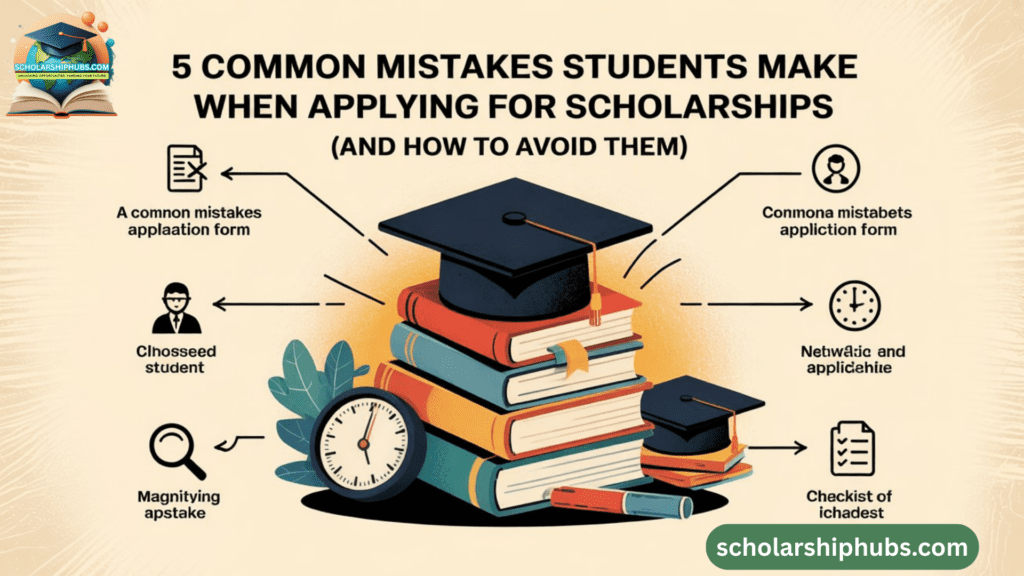Learn the 5 most common scholarship application mistakes and how to avoid them. Get expert tips to improve your chances and submit a winning scholarship application.

5 Common Mistakes Students Make When Applying for Scholarships
With the rising cost of higher education in the UK, scholarships are more important than ever. They offer students a vital lifeline—covering tuition fees, easing financial pressure, and helping them focus on their studies. But despite the availability of funding, many deserving students miss out simply because of avoidable mistakes during the application process.
If you’re applying for scholarships in the UK, here are five common missteps to watch out for—and tips on how to steer clear of them:
1. Applying Without Checking Eligibility
One of the most frequent (and costly) mistakes is applying for scholarships without fully understanding the eligibility criteria. Every scholarship is different—some are based on academic merit, others on financial need, community involvement, or even a specific area of study or demographic.
How to avoid this:
Before applying, carefully read the requirements. Don’t waste time applying for scholarships you don’t qualify for. Make a checklist of eligibility points and ensure you meet all of them before submitting your application.
2. Sending a Generic Application
Copy-pasting the same personal statement or essay for every application? That’s a red flag. Scholarship providers can spot a generic application instantly—and it signals a lack of effort or genuine interest.
How to avoid this:
Tailor each application. Research the scholarship provider: What are their values? What causes do they support? Align your personal goals and story with their mission. Highlight how you embody what they’re looking for. Be genuine—and make it personal.
3. Not Following the Instructions
Every scholarship comes with specific instructions—word limits, document formats, deadlines, and submission guidelines. Ignoring even a small detail can cost you your chance.
How to avoid this:
Read everything—twice. Stick to the formatting, word count, and any required documents. Following instructions doesn’t just tick a box—it shows attention to detail, discipline, and professionalism, all of which scholarship reviewers value highly.
4. Waiting Until the Last Minute
Procrastination is a scholarship killer. Rushed applications tend to be sloppy, incomplete, or filled with errors. Worse, some scholarships have limited spots and close early once they receive enough applications.
How to avoid this:
Start early. Create a calendar with scholarship deadlines and work backwards. Give yourself time to write thoughtful essays, gather recommendation letters, and review your application before hitting submit.
5. Skipping the Proofreading Step
A brilliant essay filled with grammar mistakes and typos sends the wrong message—it suggests carelessness. Even small errors can undermine your professionalism and attention to detail.
How to avoid this:
Proofread your application more than once. Use tools like Grammarly for a first pass, then ask a friend, teacher, or family member to review it with fresh eyes. A clean, well-polished application shows you’re serious and prepared.
Applying for scholarships takes time and effort, but the reward is well worth it. By avoiding these common mistakes—not meeting eligibility, using generic content, ignoring instructions, waiting too long, and failing to proofread—you can give yourself a real competitive edge.
Remember: each application is a chance to tell your story, show your strengths, and prove why you deserve to be invested in. Take it seriously, and you’ll be that much closer to funding your education dreams.